Last Updated on: 28th November 2024, 06:37 am
Navigating tax codes can be overwhelming, but understanding how they work is crucial for ensuring you are taxed correctly. In the UK, your tax code informs your employer how much tax to deduct from your salary.
The tax code 1131N is specifically designed for individuals who qualify for certain tax allowances and benefits, such as the marriage allowance.
This article will explain the workings of tax code 1131N for the 2025 financial year, its implications, and how you can ensure that your tax code is accurate and up to date.
What is Tax Code 1131N?
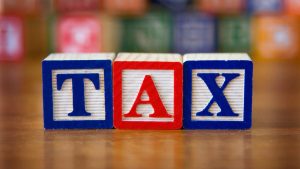
A tax code combines letters and numbers provided by HM Revenue and Customs (HMRC) to help employers determine how much tax to deduct from your income.
In the case of tax code 1131N, the numbers and letters convey specific information about your tax situation:
- 1131: This represents a personal allowance of £11,310, meaning the first £11,310 of your income is tax-free.
- N: The letter “N” indicates eligibility for the Marriage Allowance, allowing a portion of your spouse’s personal allowance to be transferred to you.
For the 2025 tax year, this figure is lower than the standard personal allowance of £12,570 due to adjustments for specific allowances like the Marriage Allowance.
How Does Tax Code 1131N Work?
Tax code 1131N works within the Pay As You Earn (PAYE) system, where employers and pension providers use it to calculate your tax deductions.
Here’s how it operates:
- The tax-free personal allowance of £11,310 is applied to your income, ensuring you don’t pay tax on this portion.
- The “N” factor ensures that your Marriage Allowance transfer is accounted for, reducing your taxable income further.
It’s crucial to keep your tax code up to date to avoid errors. If your tax code is incorrect, you might pay too much or too little tax, leading to adjustments or refunds later. Regularly checking your payslips, P60 form, or HMRC’s personal tax account can help you ensure accuracy.
How Does Tax Code 1131N Impact Your Taxes in 2025?

For the 2025 financial year, tax code 1131N continues to indicate that the taxpayer benefits from the Marriage Allowance and has a slightly reduced personal allowance.
The main implication of this tax code is that a portion of the individual’s personal allowance is transferred to their spouse or civil partner, reducing the taxpayer’s taxable income and resulting in lower tax deductions.
| Tax Code | Implications |
|---|---|
| 1131N | 10% of personal allowance (£1,131) transferred |
With tax code 1131N, £1,131 of the individual’s personal allowance is transferred to their spouse or civil partner.
As a result, the individual’s personal allowance for the 2025 tax year is reduced to £11,310 from the standard £12,570.
This lowers the tax-free portion of the individual’s income, but their spouse or civil partner benefits from an increased personal allowance, effectively redistributing the tax-free amount between the couple.
By taking advantage of the Marriage Allowance and utilizing tax code 1131N, couples can optimize their tax situation. The redistribution of allowances allows them to reduce their overall tax liability.
However, it’s essential to stay updated on changes to the tax code, as tax code 1131N is specifically applicable for the 2025 tax year, and future adjustments may be made. Being aware of these implications helps ensure accurate tax calculations.
Understanding the implications of tax code 1131N in the 2025 tax year allows individuals to make informed decisions regarding their tax planning.
By making use of the available tax benefits like the Marriage Allowance, couples can effectively manage their tax obligations and improve their overall financial position.
Who is Eligible for Tax Code 1131N?

Under the tax code 1131N eligibility requirements, individuals must fulfil the following criteria:
- Individuals must qualify for the Marriage Allowance.
- Must be married or in a civil partnership.
- One partner must have an income below the personal allowance threshold (under £12,570 for 2025).
- The other partner must be a basic rate taxpayer (income falls within the 20% tax bracket).
- Couples cannot be higher-rate or additional-rate taxpayers.
- HMRC offers tools and resources on their website to help check eligibility.
The Marriage Allowance allows couples to maximize their personal allowances and optimize their tax benefits.
By transferring a portion of their personal allowance, couples can effectively reduce their overall tax liability, giving them more financial flexibility.
How Does the Marriage Allowance Work? (2025)

The Marriage Allowance allows couples to transfer part of their unused personal allowance from one partner to the other, helping them reduce their overall tax liability.
For the 2025 tax year, the personal allowance threshold is £12,570. If one partner’s income is below this amount (i.e., they earn less than the personal allowance), they can transfer 10% of their personal allowance (which is £1,257) to their spouse or civil partner.
For example, with tax code 1131N, the transferring partner’s personal allowance is reduced by £1,257, leaving them with a revised personal allowance of £11,310. The receiving partner then benefits from an increased personal allowance, which lowers their taxable income.
This transfer can significantly reduce the tax burden, especially in cases where one partner is a basic-rate taxpayer (earning between £12,570 and £50,270) and the other has an income below the personal allowance threshold. In such cases, the basic-rate taxpayer’s taxable income is reduced by the transferred amount, leading to tax savings.
Key Benefits of the Marriage Allowance:
- Reduces the tax burden for couples by transferring a portion of the personal allowance.
- Maximizes tax-free income for the receiving partner, especially when one partner has little to no taxable income.
- Optimizes overall tax planning by ensuring both partners are making full use of their tax-free allowances.
The Marriage Allowance is particularly beneficial when one partner has a lower income (below the personal allowance threshold) and the other is a basic-rate taxpayer. By using tax code 1131N, couples can reduce their total tax liability and maximize the available tax benefits for the 2025 financial year.
What are the Benefits of Tax Code 1131N (2025)
Tax code 1131N provides several valuable benefits, mainly through the Marriage Allowance, allowing couples to save on taxes by transferring a portion of their personal allowance.
Understanding these benefits for the 2025 financial year can help couples make more informed financial decisions and optimize their tax efficiency.
Key Benefits of Tax Code 1131N
1. Reduces Overall Tax Liability: The primary benefit of tax code 1131N is that it allows couples to reduce their overall tax liability by transferring 10% of the personal allowance from the lower-income partner to the higher-income partner.
2. Transfers Unused Personal Allowance: If one partner earns less than the personal allowance threshold of £12,570, they can transfer £1,257 of their personal allowance to their partner. This effectively increases the recipient partner’s tax-free earnings.
3. Results in Tax Savings: The Marriage Allowance provided by tax code 1131N can result in significant tax savings. By reducing the taxable income of the higher-income partner, couples can lower the amount of tax they owe as a household.
4. Optimizes Financial Planning: By maximizing tax savings, couples can improve their overall financial planning. The extra funds saved through reduced tax liabilities can be allocated toward savings, investments, or other financial goals.
Example of Tax Code 1131N Benefits (2025)
| Scenario | Without Tax Code 1131N | With Tax Code 1131N |
|---|---|---|
| Partner A’s Taxable Income | £25,000 | £25,000 |
| Partner B’s Taxable Income | £10,000 | £10,000 |
| Total Taxable Income | £35,000 | £35,000 |
| Tax Paid | £7,700 | £7,400 |
In this example, without tax code 1131N, the couple’s total tax liability is £7,700. However, by utilizing tax code 1131N and transferring £1,257 of the personal allowance from Partner A to Partner B, Partner B’s taxable income is effectively reduced. As a result, the overall tax liability decreases to £7,400, resulting in a tax saving of £300.
Summary of Benefits
| Tax Code 1131N Benefits |
|---|
| Reduces overall tax liability |
| Utilizes the unused portion of the personal allowance |
| Potential for tax savings |
| Optimizes financial planning and resources |
By leveraging the benefits of tax code 1131N in 2025, couples can maximize their tax efficiency, leading to lower tax payments and improved financial flexibility.
How to Apply for Tax Code 1131N?

Are you eligible for Tax Code 1131N and want to take advantage of the Marriage Allowance? Applying for Tax Code 1131N is a simple and straightforward process. To get started, follow the steps below:
1. Gather the Required Information
You will need your personal details, including your National Insurance number, as well as information about your spouse or partner.
2. Visit the HMRC Website
Go to the HMRC official website and access the marriage allowance application section.
3. Complete the Application Form
Fill in the online application form with the necessary details, ensuring all information is correct.
4. Submit the Application
Once the form is complete, submit it for processing. HMRC will review the application and notify you of the change in your tax code if you are eligible.
Changes to Tax Code 1131N in Recent Years
While tax code 1131N has remained consistent in its purpose, there have been minor adjustments in the personal allowance figures over the years.
For the 2025 financial year, the personal allowance has been adjusted to £11,310 in this code, slightly lower than the standard allowance due to the transfer of the marriage allowance.
How to Update Your Tax Code?

If you believe your tax code is incorrect or outdated, updating it is essential to ensure accurate tax deductions.
Incorrect tax codes can lead to overpayment or underpayment of taxes, so it’s crucial to act promptly.
Here’s how to update your tax code for the 2025 tax year:
1. Contact HMRC
If you think your tax code is incorrect, contact HMRC by phone or using their online services.
- HMRC Phone Number: 0300 200 3300 (Monday to Friday, 8 am to 6 pm)
- Outside the UK: +44 135 535 9022
Ensure you have your National Insurance number and tax details before calling.
2. Provide Necessary Information
When speaking to HMRC or using their online services, provide key information, including:
- Your current income and employment details.
- Any allowances (such as the Marriage Allowance).
- Details about any additional income, such as a second job or pension.
- Information about changes in your circumstances, such as marriage, job change, or retirement.
3. Follow HMRC’s Guidance
After submitting the required details, follow HMRC’s instructions. They may adjust your tax code based on your updated circumstances and provide you with a new tax code that reflects the correct deductions. HMRC typically sends a PAYE Coding Notice to notify you of the change.
4. Use the HMRC Tax Code Checker Tool
To confirm your updated tax code, use the tax code checker tool on the HMRC website. This tool helps you understand your tax code and explains how much tax you’ll pay under the updated code.
- HMRC Personal Tax Account: Sign in to your account at gov.uk to check your tax code online.
5. Understand Your Tax Code
Review the numbers and letters in your updated tax code to understand what they mean. For example:
- The numbers represent your personal allowance.
- The letters signify specific circumstances (e.g., N indicates Marriage Allowance).
This ensures you know how much of your income is tax-free and any allowances applied.
Why It’s Important to Keep Your Tax Code Up to Date?
Keeping your tax code up to date ensures you:
- Pay the correct amount of tax based on your current financial situation.
- Avoid underpayments or overpayments of tax, which could result in a tax bill or the need for a refund.
- Stay compliant with UK tax laws and avoid complications with HMRC.
How to Stay Informed?
- Regularly check your tax code on your payslip or through your Personal Tax Account.
- Update HMRC with any changes in circumstances, such as a change in salary, starting a new job, or entering a marriage or civil partnership.
By staying informed and using the tools provided by HMRC, you can ensure your tax code accurately reflects your current situation, helping you manage your tax obligations effectively.
What are the Other Common Tax Codes and Their Meanings (2025)
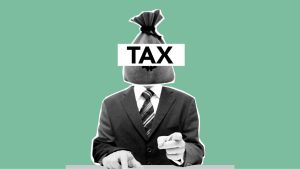
In addition to tax code 1131N, several other common tax codes are used in the UK. Each has specific implications based on an individual’s income and circumstances. Here’s a brief overview of key tax codes for the 2025 tax year:
1. Standard Tax Code: 1257L
The 1257L tax code is the standard code for individuals receiving the full personal allowance of £12,570. It applies to those with one job or pension, meaning income up to £12,570 is tax-free, and any earnings above this threshold are taxed at 20%.
2. Basic Rate Tax Code: BR
The BR tax code is used when all income is taxed at the basic rate of 20% without a personal allowance applied. This code typically applies to individuals with multiple jobs or pensions, where the personal allowance is already used on another source of income.
3. Higher Rate Tax Codes: D0 and D1
- D0: This code applies to individuals taxed at the higher rate of 40% on income from additional jobs or pensions.
- D1: The D1 code is used when individuals are taxed at the additional rate of 45%, applicable to high earners with multiple sources of income.
| Tax Code | Meaning |
|---|---|
| 1257L | Standard tax code for individuals with one job or pension |
| BR | Basic rate tax code for additional income (taxed at 20%) |
| D0 | Higher rate tax code for additional income (taxed at 40%) |
| D1 | Additional rate tax code for higher earners (taxed at 45%) |
Understanding these tax codes helps ensure you’re paying the correct amount of tax and managing your income efficiently.
Keeping track of your tax code ensures compliance with UK tax rules and minimizes overpayment or underpayment of taxes
Conclusion
Understanding tax code 1131N and its benefits can help you make the most of the allowances available in the 2025 financial year.
By ensuring your tax code is accurate, you can avoid potential tax issues and make sure you are not overpaying.
Whether you are eligible for the marriage allowance or need to update your tax code, staying informed about your tax situation is essential for managing your finances effectively.
FAQs About Tax Code 1131N
What Does the Letter ‘N’ Represent in a Tax Code?
The letter ‘N’ in a tax code signifies that the taxpayer is benefiting from the Marriage Allowance, which transfers part of their spouse’s personal allowance to them.
How Often Does HMRC Change My Tax Code?
HMRC typically updates your tax code annually, but it can also change if your personal or financial circumstances alter during the tax year, such as a new job or salary change.
Why Has My Tax Code Changed to 1131N?
Your tax code has changed to 1131N because HMRC has applied the Marriage Allowance, reducing your personal allowance by 10% to reflect the allowance transfer from your spouse.
Can I Be on the Wrong Tax Code?
Yes, it’s possible to be on the wrong tax code, especially if HMRC is unaware of changes in your income or circumstances. This can lead to overpaying or underpaying taxes.
How Does 1131N Relate to My Personal Allowance?
Tax code 1131N means your personal allowance is £11,310, which is slightly lower than the standard £12,570 due to the Marriage Allowance being applied to your income.
What Happens if I Overpay Taxes with Tax Code 1131N?
If you overpay taxes with tax code 1131N, HMRC will issue a refund after reviewing your tax records. You can also request a correction if you believe you’re on the wrong code.
What Is an Emergency Tax Code, and How Does it Differ from 1131N?
An emergency tax code is temporary and applies when HMRC lacks full income details. Unlike 1131N, it doesn’t reflect allowances like the Marriage Allowance, potentially causing overpayment.
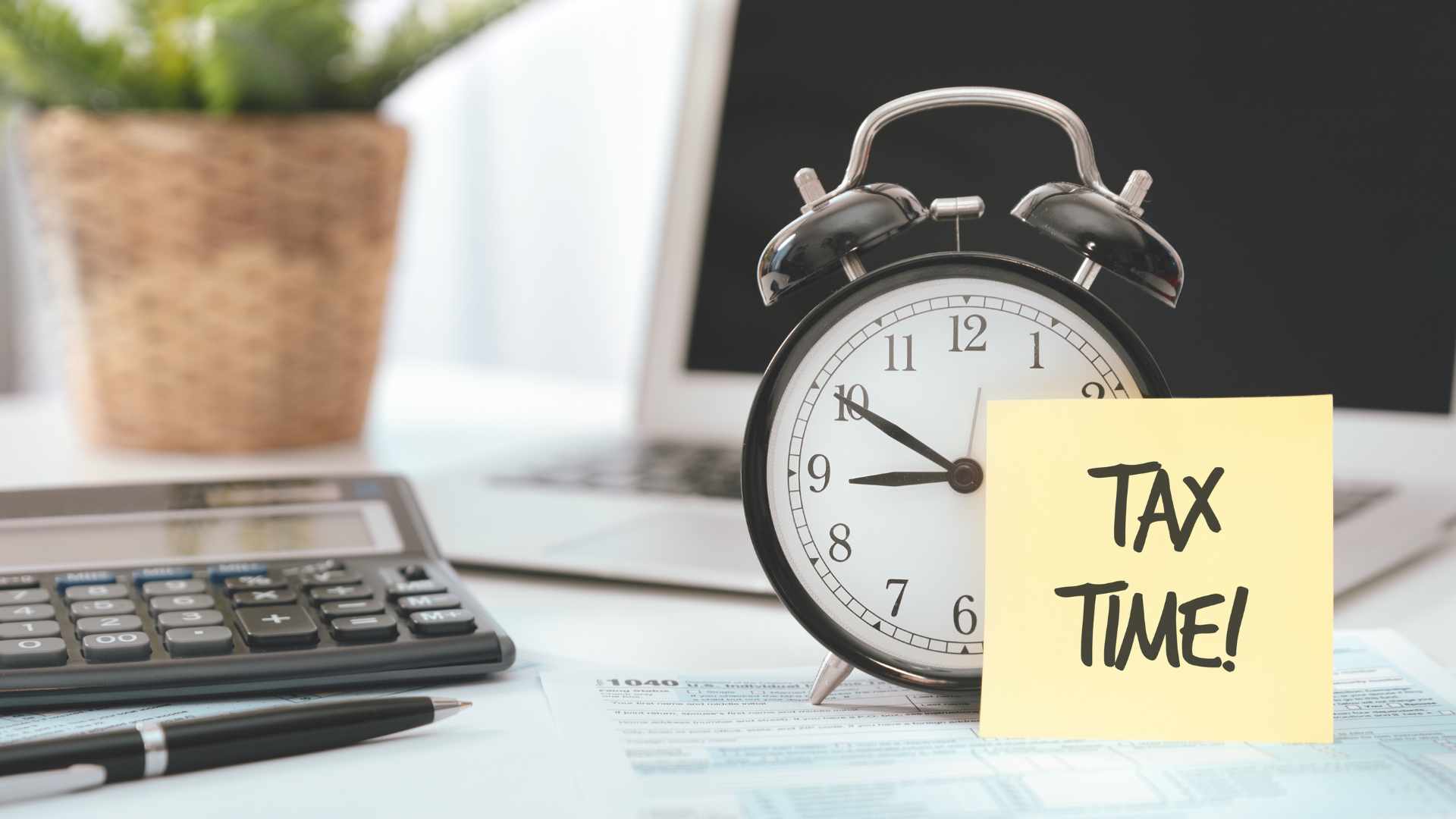









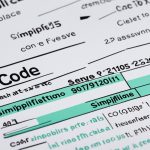






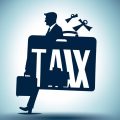


No Comments
Leave a comment Cancel